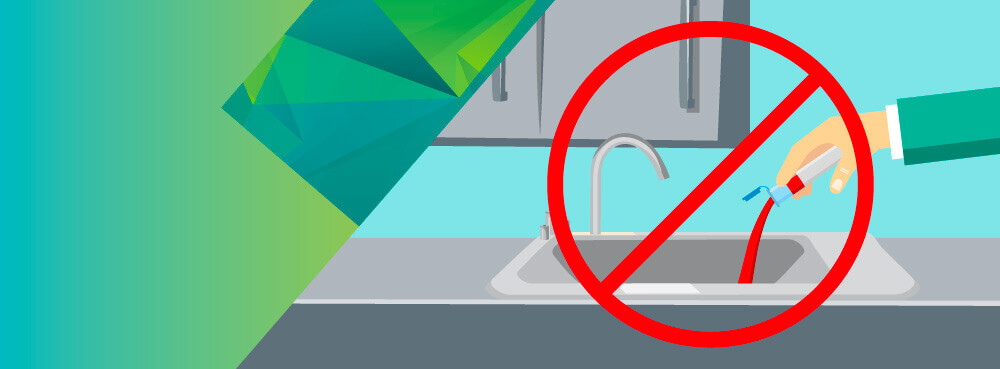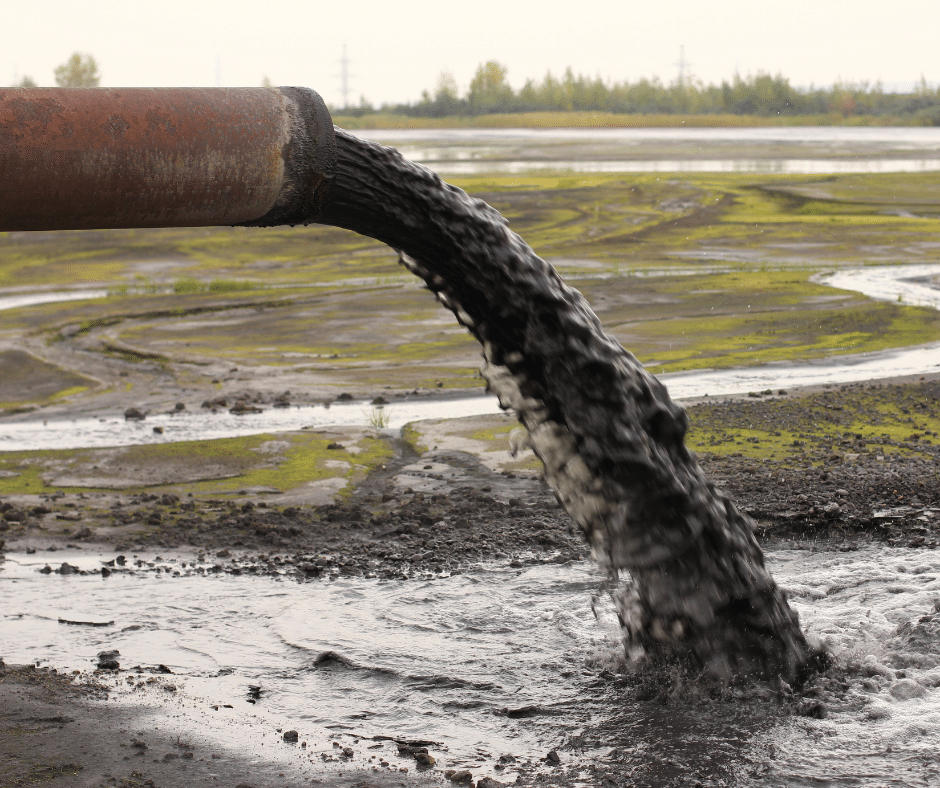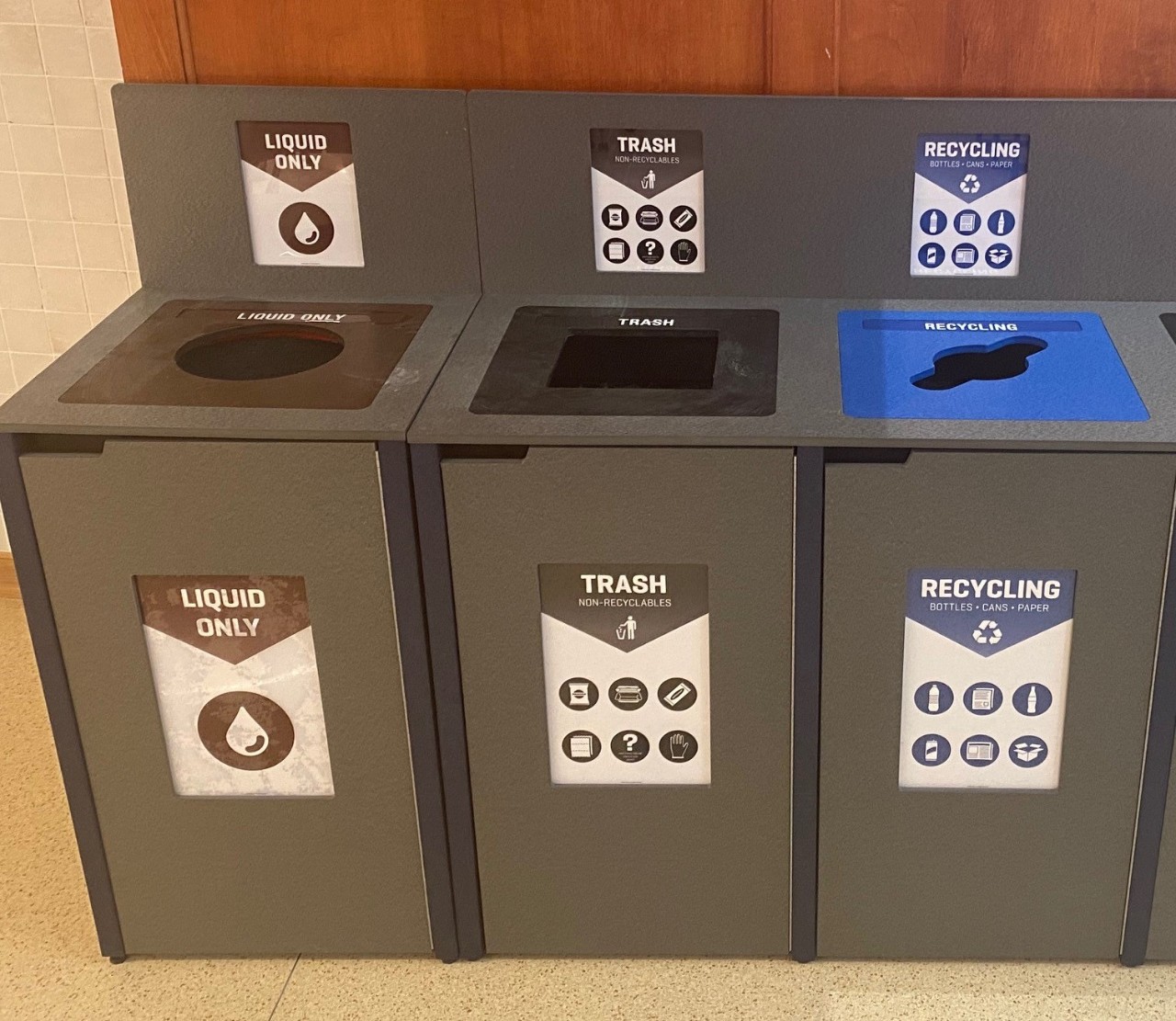Expert Liquid Waste Removal Melbourne: Maintaining Your Atmosphere Clean
Expert Liquid Waste Removal Melbourne: Maintaining Your Atmosphere Clean
Blog Article
Just How Liquid Waste Disposal Functions: A Comprehensive Introduction of Techniques and Technologies Used

Summary of Liquid Waste Kind
The intricacy of liquid waste types demands a comprehensive understanding of their features and implications for disposal. Liquid waste can broadly be classified into several types, including commercial, metropolitan, farming, and unsafe waste. Each group displays distinctive properties, calling for certain administration approaches to alleviate ecological and health dangers.
Industrial fluid waste stems from manufacturing processes and usually contains a variety of contaminants, such as hefty steels, solvents, and organic substances. Municipal liquid waste, mostly consisting of wastewater from families and industrial facilities, contains raw material, nutrients, and microorganisms (industrial wastewater treatment). Agricultural fluid waste, including drainage from ranches, might have plant foods, chemicals, and animal waste, posturing threats to water high quality and environments
Unsafe liquid waste is characterized by its poisoning, sensitivity, or potential to trigger harm. Comprehending these diverse fluid waste kinds is essential for creating effective disposal methods and guaranteeing conformity with environmental regulations.
Physical Treatment Methods

Testing is the first action, where bigger particles and debris are gotten rid of from the liquid waste utilizing displays or grates. This procedure secures downstream devices from damages and makes sure smoother procedure. Complying with screening, sedimentation makes use of gravitational pressure to separate solids from fluids. In sedimentation containers, larger particles work out near the bottom, creating a sludge layer, while the cleared up fluid can be further treated.
Purification is one more vital technique that includes passing the fluid through porous materials, such as sand or membrane layers, to capture smaller sized particles. This action improves the high quality of the liquid, making it suitable for succeeding therapy processes.

Chemical Treatment Methods
Chemical treatment methods are vital for properly handling liquid waste, particularly in resolving dissolved and colloidal impurities that physical techniques may not adequately get rid of. These strategies make use of different chemical agents to neutralize, speed up, or change hazardous substances right into much less dangerous forms.
One usual method is coagulation and flocculation, where chemicals such as alum or ferric chloride are included in advertise the gathering of suspended fragments. This procedure improves sedimentation, enabling much easier elimination of the resulting sludge. Additionally, oxidation procedures, using representatives like chlorine or ozone, are used to break down complicated natural compounds and virus, you could try these out providing the waste safer for discharge or additional therapy.
Neutralization is an additional critical technique, which adjusts the pH of acidic or alkaline waste streams to neutral levels, protecting against possible damage to downstream systems and the setting. Furthermore, advanced oxidation procedures (AOPs) utilize mixes of oxidants and ultraviolet light to deteriorate persistent pollutants, attaining a higher level of therapy performance.
Organic Therapy Processes
Organic therapy processes play a crucial function in the monitoring of liquid waste by utilizing microbes to disintegrate natural issue and reduce pollutant levels. These procedures can be broadly categorized into aerobic and anaerobic therapies, each employing specific microbial neighborhoods to achieve effective waste destruction.
Cardiovascular treatment involves the use of oxygen to help with the malfunction of organic products by germs. This procedure is commonly executed in turned on sludge systems, where oygenation tanks offer a conducive atmosphere for microbial development, resulting in the oxidation of organic pollutants. The resultant biomass can be divided from dealt with effluent through sedimentation.
On the other hand, anaerobic treatment takes place in the lack of oxygen, relying on different bacteria to break down raw material. This technique is especially advantageous for high-strength waste, as it creates biogas, a renewable resource source, while decreasing sludge production. Technologies such as anaerobic digesters are frequently used in metropolitan and industrial applications.
Both anaerobic and aerobic biological therapies not just lessen the environmental effect of fluid waste however likewise promote resource recuperation, making them essential parts of lasting waste monitoring methods. Their performance, efficiency, and versatility sustain their prevalent execution across different sectors.
Emerging Technologies in Disposal
Ingenious approaches to liquid waste disposal are rapidly developing, driven by advancements in technology and a raising focus on sustainability. Amongst these emerging technologies, membrane layer bioreactors (MBRs) have actually gotten traction for their capacity to incorporate biological therapy with membrane layer purification, leading to high-quality effluent that can be recycled in numerous applications. MBRs make it possible for smaller footprints and more effective operations compared to standard systems.
An additional encouraging development is using anaerobic food digestion integrated with nutrient recuperation modern technologies, which not just treats fluid waste however also creates biogas this post and recoups useful nutrients like nitrogen and phosphorus. This twin benefit enhances source effectiveness and lowers environmental influence.
In addition, advanced oxidation procedures (AOPs) are being embraced for the deterioration of complex natural contaminants. These approaches make use of effective oxidants and stimulants find to break down impurities at the molecular level, using a very effective solution for tough waste streams.
Moreover, the combination of expert system and equipment learning in waste monitoring systems is enhancing operational performance and anticipating upkeep, bring about lowered expenses and improved ecological conformity. These technologies show a significant shift towards more lasting and effective fluid waste disposal practices.
Conclusion
In final thought, efficient fluid waste disposal necessitates a detailed understanding of different techniques and innovations. By continuously advancing these approaches, it comes to be possible to resolve the growing challenges associated with liquid waste, ultimately contributing to environmental protection and resource healing.
Fluid waste disposal is an important element of environmental management, requiring a detailed understanding of various methods and modern technologies tailored to various waste types. Liquid waste can broadly be categorized into several types, consisting of commercial, community, agricultural, and hazardous waste. Agricultural fluid waste, including runoff from ranches, might include plant foods, chemicals, and pet waste, presenting dangers to water high quality and environments.
Different physical therapy methods play an essential role in handling liquid waste effectively - industrial wastewater treatment.In conclusion, efficient liquid waste disposal demands an extensive understanding of numerous strategies and innovations
Report this page